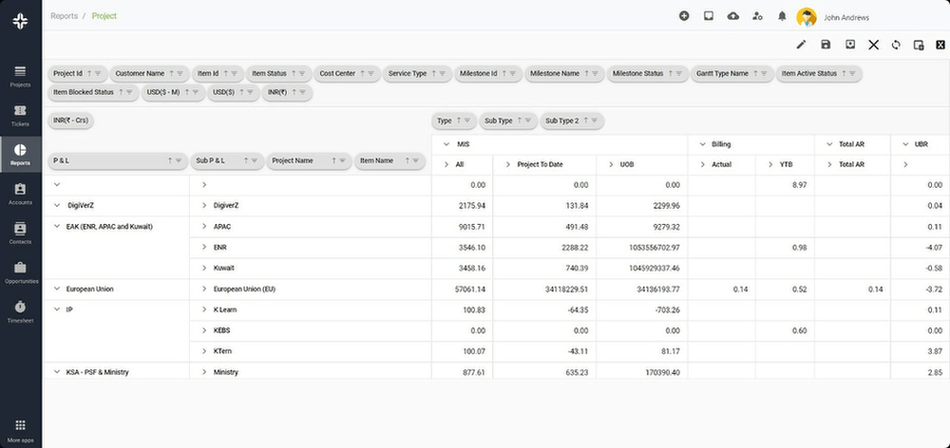
What is Issue Risk Identification?
Issue Risk Identification is a systematic approach to detect, analyze, and prioritize potential risks that could negatively impact the success of a project or task.
In the context of Professional Service Automation (PSA), it becomes crucial to identify these risks early on to ensure smooth operations, client satisfaction, and financial stability.
Importance of Issue Risk Identification
In the dynamic world of professional services, unforeseen challenges can arise at any stage. Identifying risks early:
1. Ensures Project Success: By foreseeing potential issues, teams can prepare and mitigate them, ensuring projects remain on track.
2. Financial Stability: By understanding potential financial pitfalls, organizations can better allocate resources and manage finances.
3. Enhances Client Relationships: Proactively addressing risks can lead to increased client trust and transparent billing practices.

Why Issue Risk Identification is so important?
Calculating Issue Risk Identification
Issue Risk Identification isn’t necessarily a numerical value but a process. However, one can quantify risk using a simple formula:
Risk Score = Probability of Occurrence x Impact
Example: Let’s say there’s a 50% chance that a key resource might leave during a project, and if they do, the project might be delayed by two weeks. If we assign a maximum impact value of 10 to a two-week delay, the risk score becomes:
Risk Score = 0.5 x 10 = 5
This score can then be used to prioritize risks in resource management.
Difference Between Issue Risk Identification and Other Risk Methods
While Issue Risk Identification focuses on recognizing potential project-specific problems, other methods like SWOT analysis or PESTLE might look at organizational or external factors. The key difference lies in the scope and application. For instance, while Issue Risk Identification is crucial in project management, SWOT might be more relevant for strategic business decisions.
| Aspect | Issue Risk Identification | SWOT |
|---|---|---|
| Focus | Identifies specific issues or problems that have already arisen during a project. | Typically focuses on identifying potential risks and uncertainties before they materialize. |
| Nature of Risks | Narrow in scope, addressing specific problems and issues within an ongoing project. | Broader in scope, encompassing a wide range of potential risks and uncertainties across the project lifecycle. |
| Data Sources | Typically relies on historical project data and current project status updates. | Uses a variety of sources, including historical data, expert opinions, risk registers, and industry benchmarks. |
| Outcome | Helps address and resolve existing issues, reducing the impact of current problems. | Aims to minimize the likelihood and impact of potential risks, enhancing overall project success. |
How Issue Risk Identification is Used in PSA?
In PSA, Issue Risk Identification plays a pivotal role:
1. Resource Allocation: By identifying risks, managers can better allocate resources, ensuring that potential issues have solutions in place. This is especially crucial when considering employee exits or changes.
2. Financial Forecasting: Recognizing potential financial risks allows for better budgeting and financial management.
3. Client Communication: Keeping clients informed about potential risks and mitigation strategies can enhance trust and collaboration.
Ready to Optimize Your Issue Risk Identification?
KEBS offers a comprehensive suite of tools designed to streamline the risk identification process. Visualize project timelines and identify potential overlaps or resource shortages using KEBS Gantt chart tool.
Track issues and ensure they’re addressed promptly with KEBS ticket management software. Get a 360-degree view of your resources, from their availability to their skill sets, with KEBS Employee 360 tool. By integrating these tools, organizations can ensure they’re not only identifying potential risks but actively working to mitigate them.

KEBS Project Management
By understanding its importance, how to calculate it, and how it differs from other methods, organizations can better prepare for the future. With tools like KEBS, this process becomes even more streamlined, ensuring projects remain on track and clients remain satisfied. Ready to optimize your risk identification process? Contact us today or request a demo to see KEBS in action.



